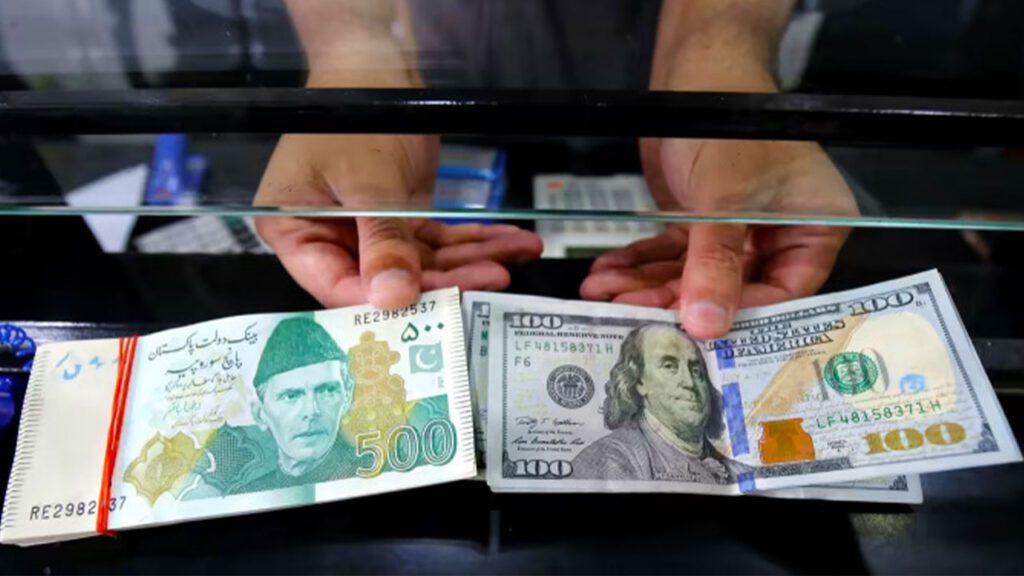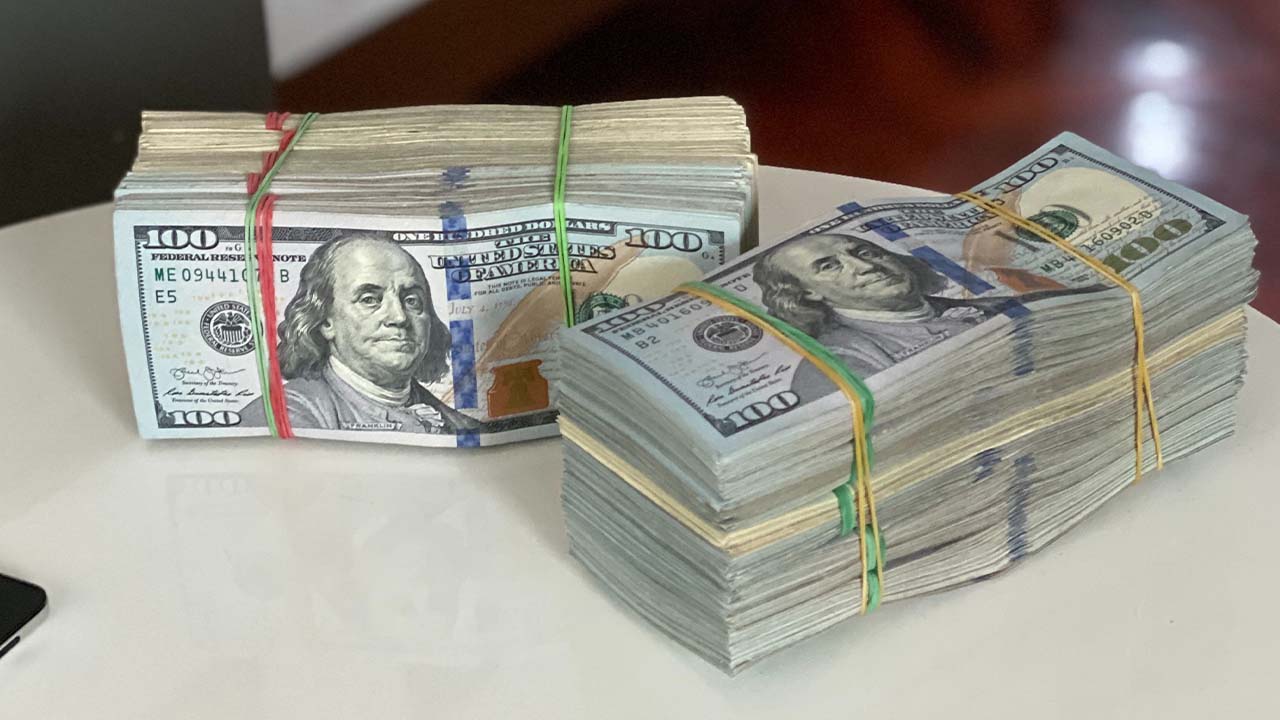- Web Desk
- Today
Interbank closing: PKR gains two paisa against USD
-
- Web Desk
- May 08, 2024

WEB DESK: The Pakistani rupee (PKR) made slight gains against the US dollar (USD) during Wednesday’s interbank trading session, closing at PKR 278.1 per USD.
This represents a modest appreciation of about 2 paisa from the previous session, where the rupee settled at PKR 278.12 per USD.
Throughout the trading day, the rupee saw a range of fluctuations. It reached an intraday high of 278.2 (bid) and a low of 278 (ask).
Meanwhile, in the open market, exchange companies quoted the US dollar at 276.41 for buying and 279.09 for selling.
The Pakistani rupee also saw movement against other major currencies. Against the Euro, the rupee gained 49.3 paisa, closing at 298.62 compared to the previous session’s closing value of 299.12.
The British pound became cheaper by 1.76 rupees, settling at 346.82 against the previous day’s 348.58.
In terms of other notable currencies, the Swiss franc experienced a decrease, with the rupee closing at 305.87, a loss of 57.69 paisa from the previous session’s 306.45.
The Japanese yen saw a smaller adjustment, with the PKR closing at 1.7902 compared to 1.8044 a day earlier, gaining 1.42 paisa.
The Chinese Yuan experienced a slight loss against the Pakistani rupee, with the exchange rate closing at 38.49, down by 6.2 paisa from the previous session’s 38.55.
Similarly, the Saudi Riyal and the UAE Dirham experienced minor decreases in value.
The Saudi Riyal closed at 74.15, losing 0.4 paisa from its previous value of 74.16, while the UAE Dirham decreased by 0.72 paisa, closing at 75.72 compared to 75.71 a day earlier.
The financial year has been marked by a steady strengthening of the Pakistani rupee against the US dollar, with an appreciation of 7.89 rupees, equating to a 2.84 per cent increase. In the current calendar year, the rupee has appreciated by 3.76 rupees, a 1.35 per cent gain.
This gradual improvement in the rupee’s value is an encouraging sign for Pakistan’s economy, reflecting growing confidence in the currency and stability in the forex market.
However, traders and investors remain cautious, keeping an eye on global market trends and domestic economic policies that could impact future currency fluctuations.




